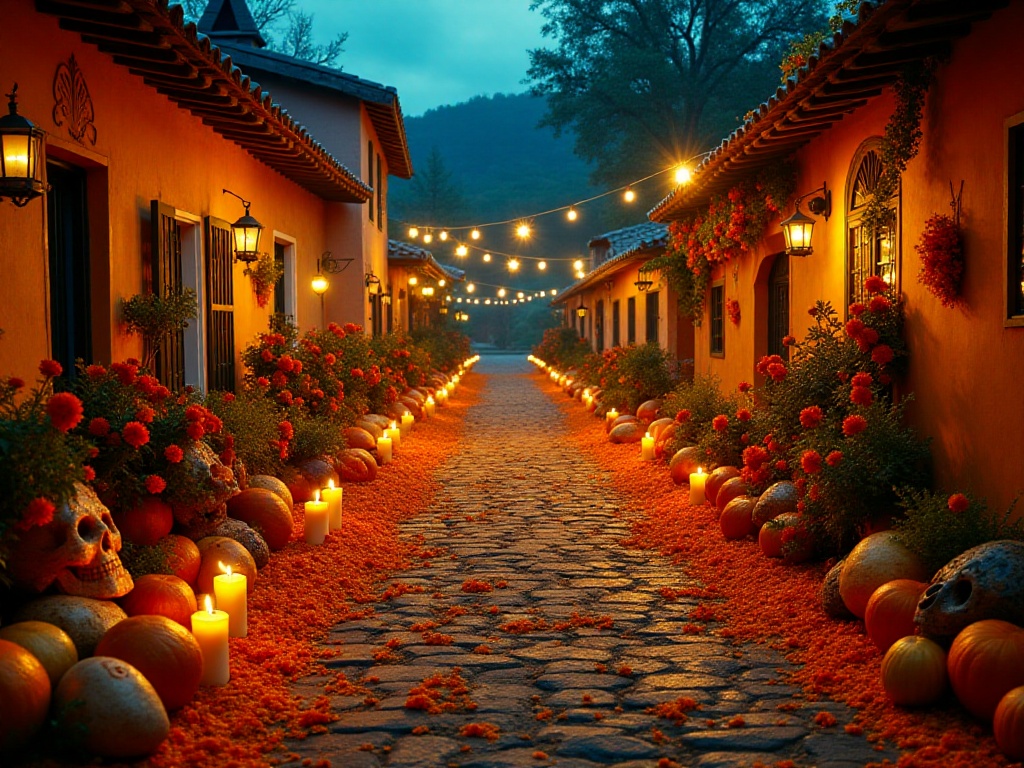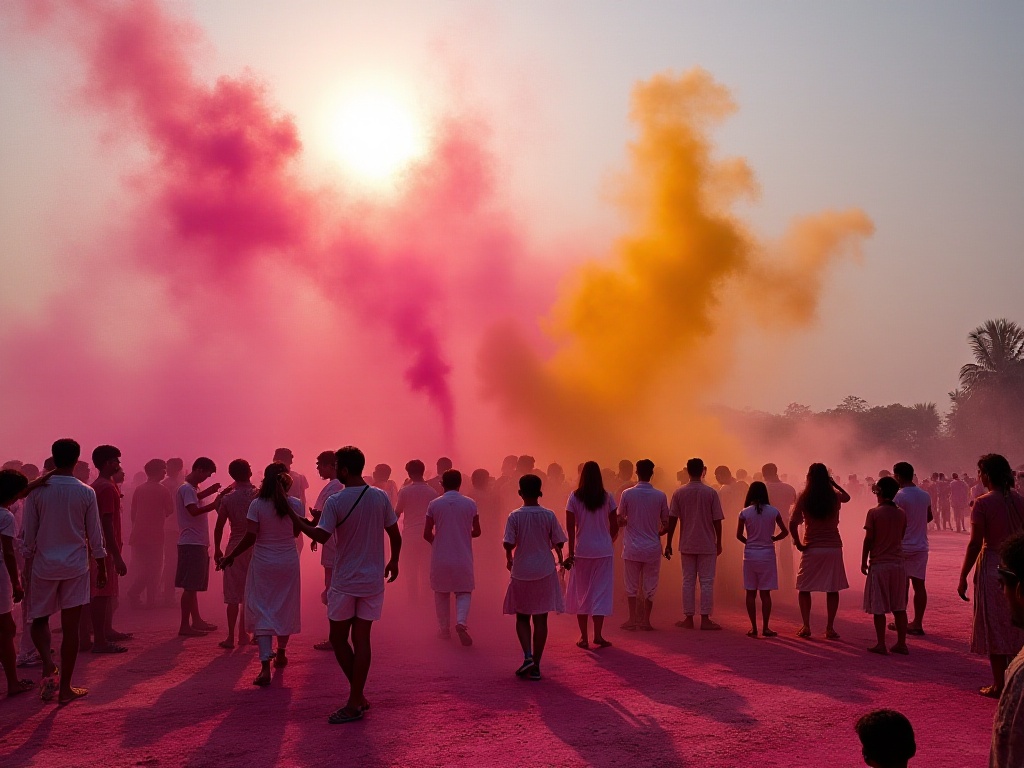Did you know? Coffee filters can be used for cleaning stains, not just brewing coffee. Sounds magical, doesn't it? But it's true - the material and structure of coffee filters make them perfect for cleaning tasks. Coffee filters are typically made from high-quality pulp that offers excellent filtering properties, water absorption, and flexibility. These characteristics make coffee filters perform exceptionally well in cleaning.
Coffee filters have a very fine fiber texture that won't leave paper residue or scratches like regular paper towels during wiping. Their structure acts like a small filter net that effectively absorbs and removes stains. Additionally, the softness of coffee filters ensures they won't damage surface materials during cleaning, whether it's wooden furniture, glass windows, or other surfaces.
When you find stains on furniture or windows, don't panic. Slightly dampen the coffee filter and gently wipe the stained area. "Slightly dampen" means you only need to wet the filter enough to adhere to stains, not oversaturate it to avoid leaving water marks. Gentle wiping prevents any damage to surfaces, especially important for wooden furniture.
The fiber texture of coffee filters effectively removes stains without leaving fibers or scratches like paper towels. Their softness and water absorption make them effective for handling various stains, whether oil, water, or other stubborn marks. This characteristic makes coffee filters a secret weapon for household cleaning.
For instance, if you accidentally spill coffee on a wooden table, using paper towels might leave lint or fiber residue. This is where coffee filters come in handy. They can clean coffee stains while keeping your table surface pristine. The fine fibers easily absorb coffee stains without leaving any traces. Their softness ensures the wooden surface won't get scratched, maintaining its original shine and texture.
Another example: when you find fingerprints or oil stains on windows, regular cloths might need repeated wiping, but coffee filters can solve the problem in one wipe. Their water absorption and fine fibers ensure stains are completely absorbed without leaving residue, making windows spotlessly clean.
During picnics or camping trips, what do you do if you suddenly can't find your guitar pick? Don't worry, everyday items can come to the rescue. Bread clips are one such item. These are common small tools we use daily to seal bread bags and prevent bread from drying out or getting moist. However, their uses extend far beyond this.

Bread clips are usually made of plastic or metal and are easily breakable. You just need to cut off a small piece from the bread clip to use it as a temporary guitar pick. Plastic bread clips have just the right hardness and flexibility for use as guitar picks, while metal ones require attention to sharp edges for safe use.
The cut piece should be kept as flat and even as possible to produce good sound quality when playing. Its shape and size should be as close as possible to standard guitar picks to avoid discomfort or affecting pitch during performance.
Imagine sitting around a campfire with friends, ready to play some classic tunes, only to find your guitar pick missing. You can go to the refrigerator or cooler to find a bread clip, cut off a small piece, and continue playing. While the makeshift pick might not be as precise as a professional one, it's perfectly adequate for general playing needs.
When camping or picnicking, there might not be any guitar shops nearby to buy picks, but bread clips are readily available. With just scissors and a bit of creativity, you can keep the music going. Though simple, these temporary picks are enough to let guitarists showcase their talent to friends and add to the festive atmosphere.

In modern life, we often need to use our phones while needing both hands free for other tasks. In such cases, a simple binder clip can be very helpful. Binder clips are essential office and student supplies, but their uses aren't limited to holding papers together.
Clip the binder clip to the edge of a table or shelf, then insert your phone into the metal loops of the clip, and your phone will stand steadily. This method is simple and practical, requiring no additional stands or tools.
The metal loops of binder clips are usually strong enough to support the weight of a phone without letting it slip. Additionally, the design of binder clips allows you to adjust the angle of your phone, making it convenient for watching videos or video calling.
You're busy cooking in the kitchen and need to look at a recipe on your phone. At this time, using a binder clip to prop up your phone frees both hands while allowing you to check cooking steps whenever needed - practical and convenient. With the binder clip, you can fix your phone at a suitable angle, allowing you to cook while easily following the instructions on screen.
Or, when studying or working at your desk, you might need to check references or participate in video conferences. Using a binder clip to support your phone keeps the screen within your line of sight, eliminating the need to frequently pick up the phone or adjust your view, improving work efficiency.

During Mexico's Day of the Dead, every household sets up "ofrendas" (altars) to commemorate and welcome back the souls of departed loved ones. The Day of the Dead is one of Mexico's most important holidays, typically celebrated from October 31 to November 2. This holiday is not just about remembering the dead but also celebrating life.
The altars typically display photos of the deceased, marigolds, candles, sugar skulls (calaveras), bread of the dead (pan de muerto), and the deceased's favorite foods and drinks. Each element has its symbolic meaning:
In a Mexican home, you might see a grandmother's photo on the altar, surrounded by her favorite hot chocolate, corn bread, and a bottle of tequila, along with marigolds and candles to guide her soul home. The whole family gathers to remember her life, share stories about her, and express their love and respect in this warm atmosphere.
During the Day of the Dead, people also dress up as skeletons, participate in parades or parties, celebrating the cycle of life. Children dress as little angels or skeletons, going door to door collecting candy and small gifts, symbolizing the return and rebirth of souls.

Holi is an Indian festival celebrating the arrival of spring, where people throw colored powder and water at each other, symbolizing new beginnings and the prosperity of life. Holi usually takes place in February or March, marking the end of winter and the arrival of spring.

At Holi, you'll see colored powder (gulal), water guns (pichkaris), bonfires, sweets, and traditional music and dance. Each element has its unique significance:
During Holi, people gather in public places or homes, children and adults play color games together in a joyful atmosphere, symbolizing good triumphing over evil and spring's arrival. The whole community is filled with joy, streets are full of colorful crowds, everyone exchanging blessings and enjoying the festival's happiness.
Holi is not just a color carnival but also an exchange of emotions and cultural inheritance. People forget all barriers on this day, enjoying each other's company and joy.

Oktoberfest is a grand festival celebrating Bavarian culture, featuring beer, food, and traditional costumes. Munich's Oktoberfest is the most famous, typically held from late September to early October.
Oktoberfest features huge beer tents, pretzels, sausages, men wearing lederhosen, women in dirndls, parades, and live music. Each element showcases Bavarian tradition and culture:
During Oktoberfest, you'll see locals and tourists wearing traditional Bavarian clothing, sitting in huge tents, raising large beer steins, enjoying Bavarian folk music performances while tasting traditional foods like white sausage and sauerkraut. People here celebrate freely, enjoying food and beer, experiencing Bavaria's unique lifestyle and culture.
Oktoberfest is not just about drinking, but also cultural exchange and celebration of friendship. People forget daily worries here, immersing themselves in the festival's joy, experiencing Bavarians' hospitality and love for life.
 Previous
Previous
